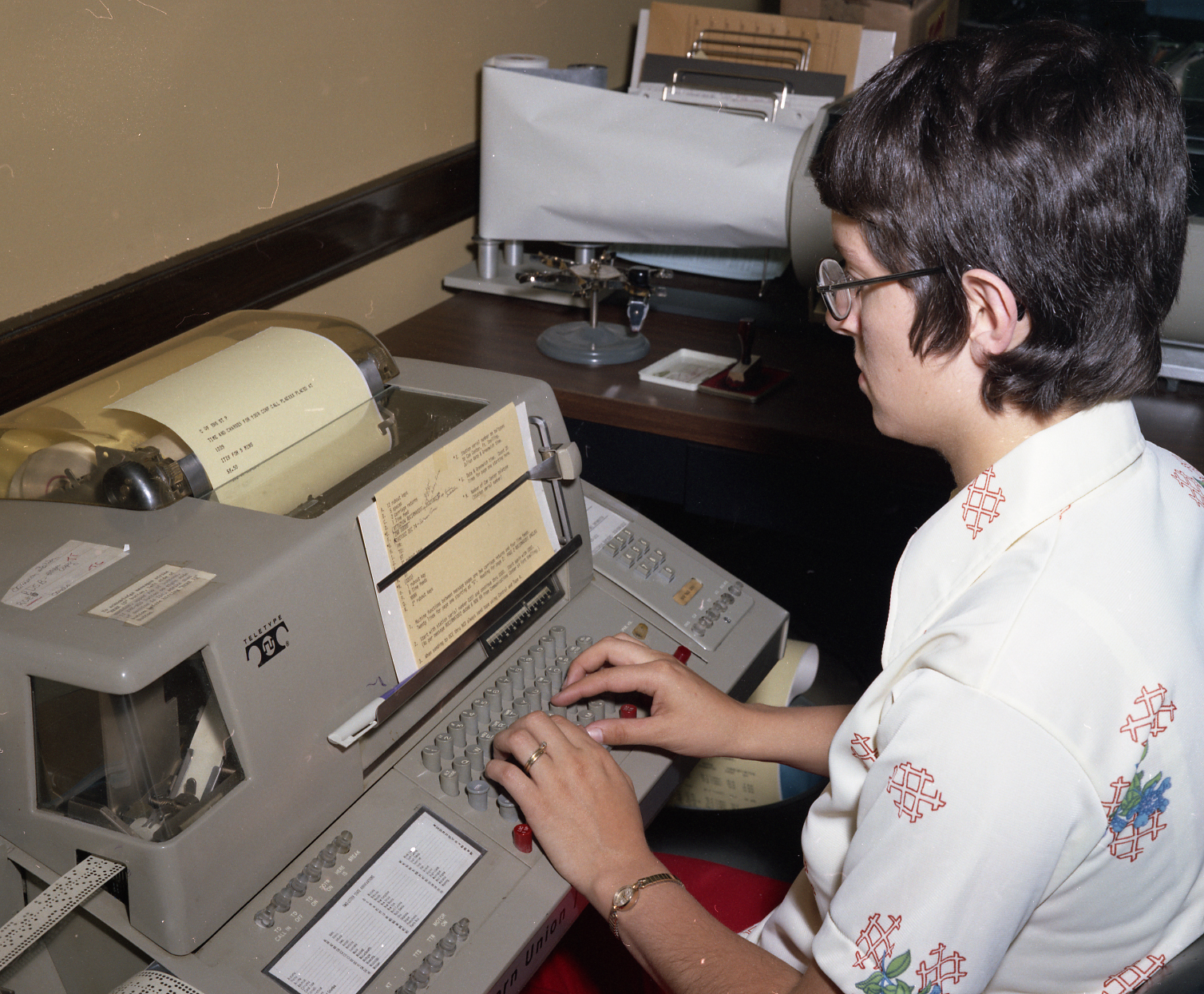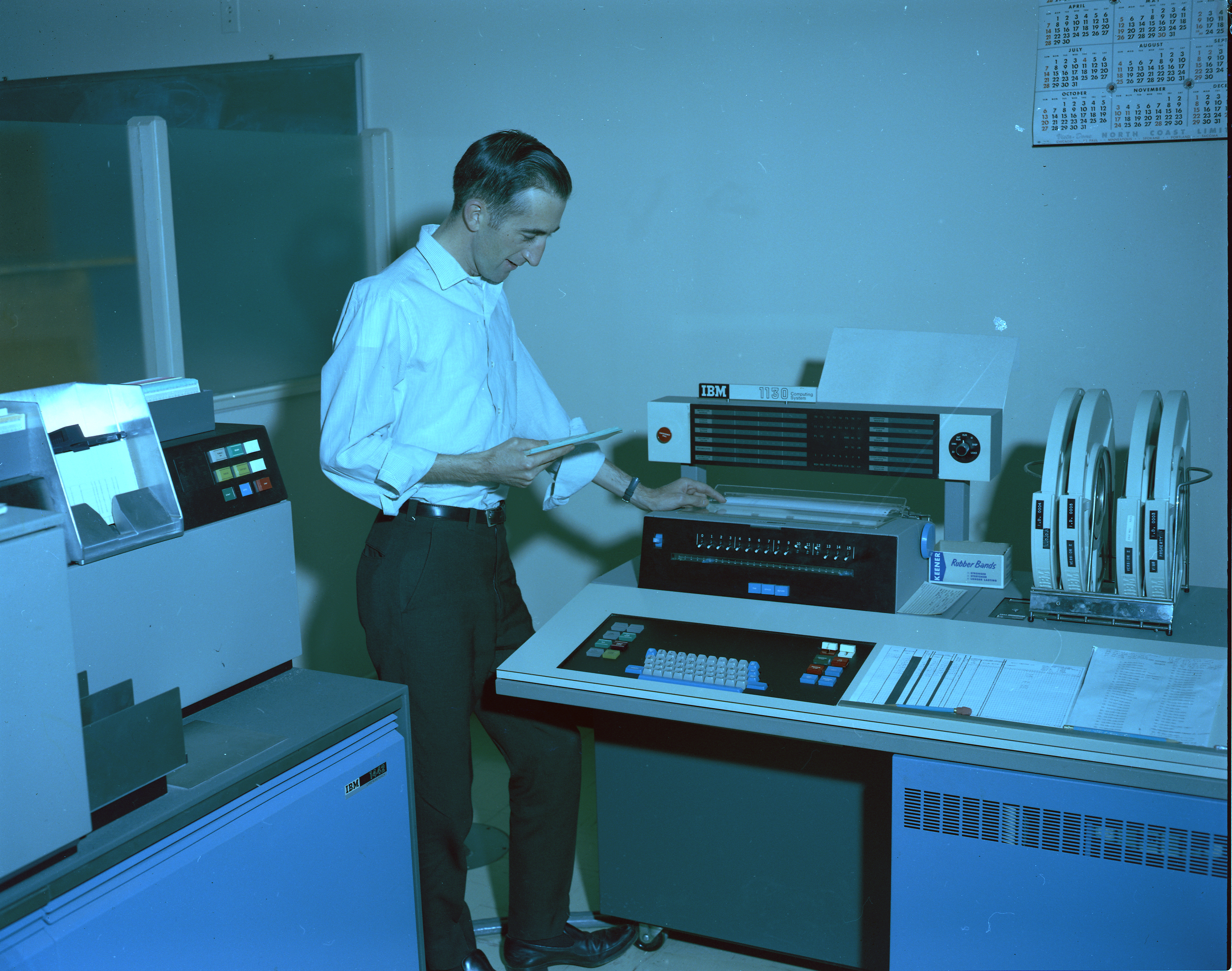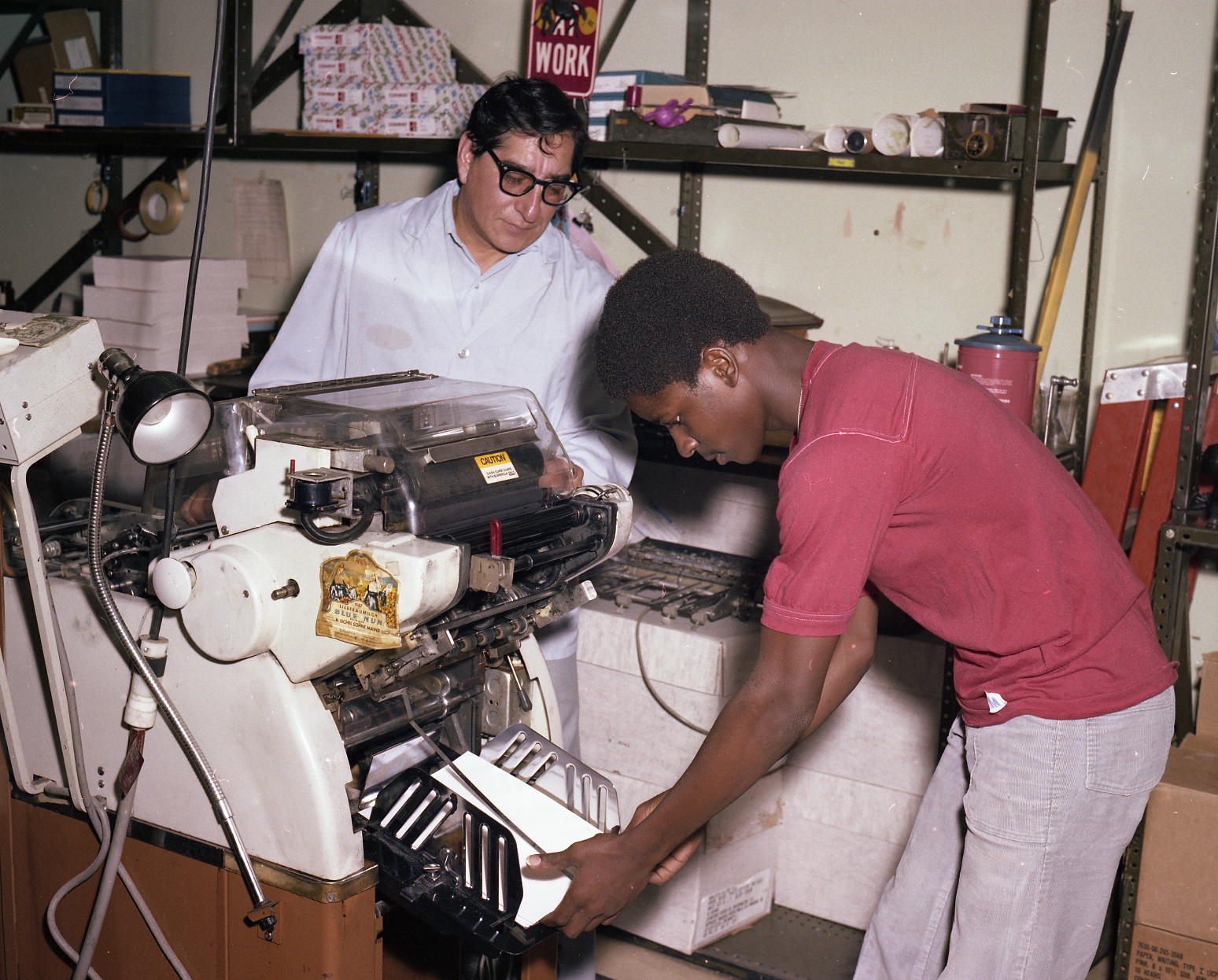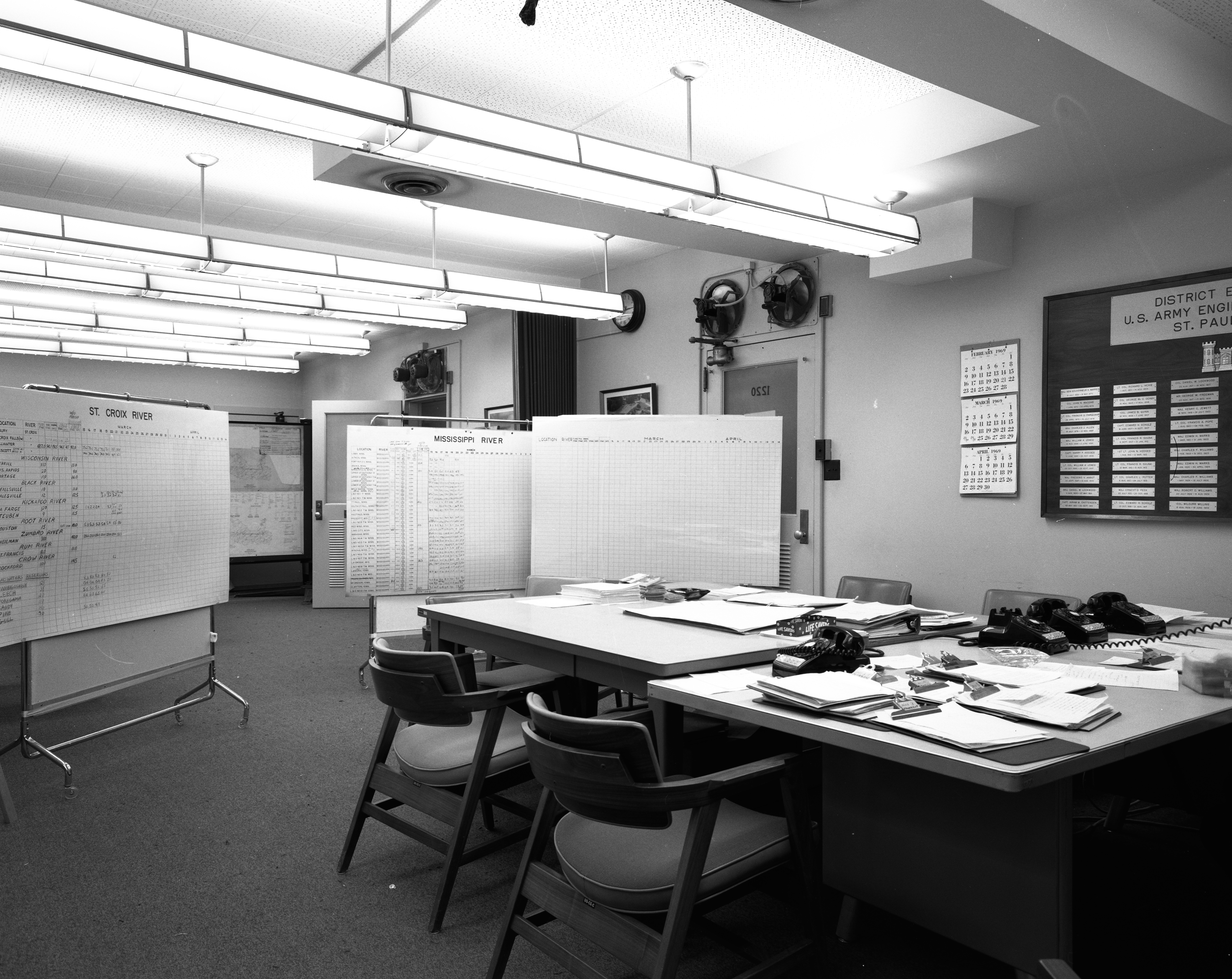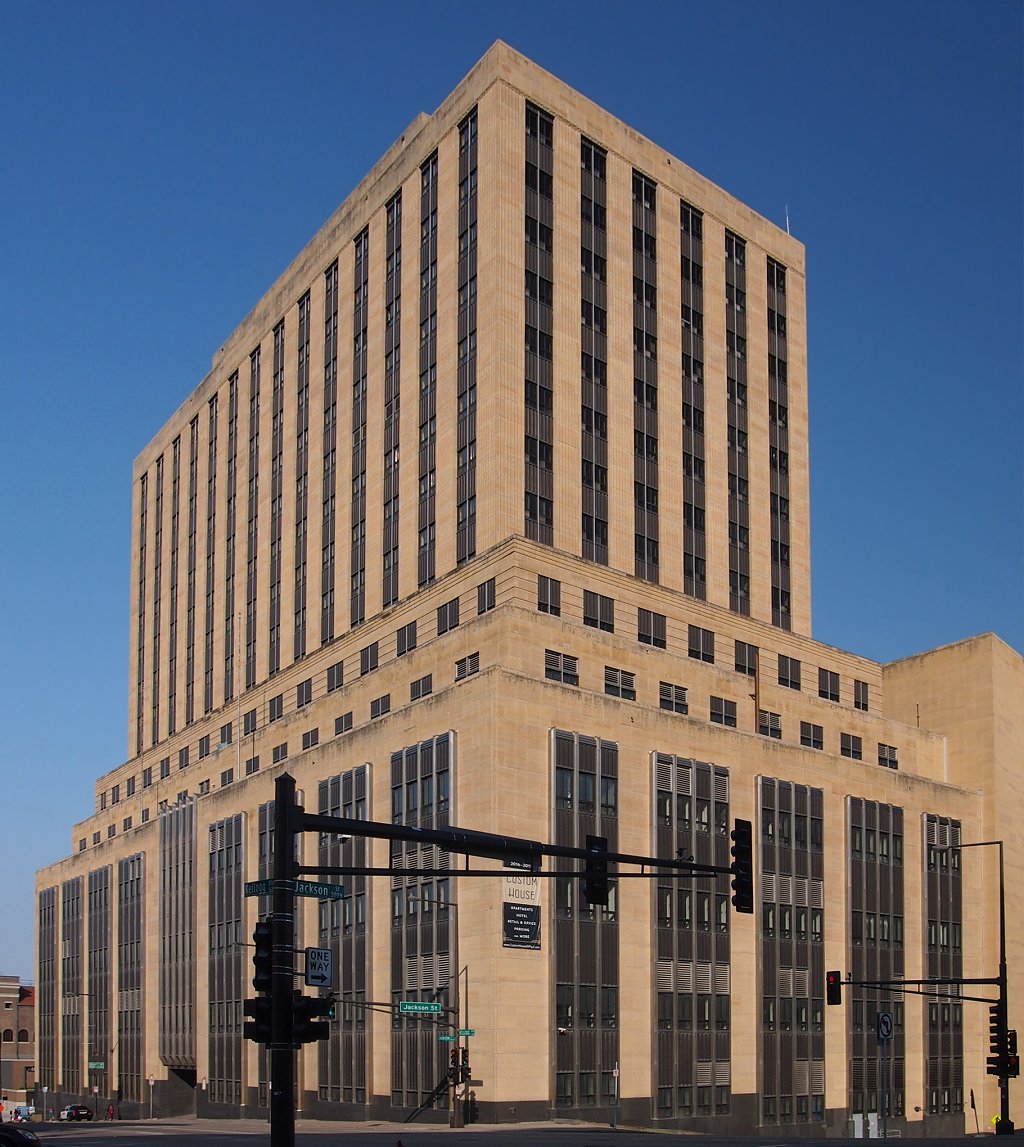 I started working for the St Paul District in March of 1980. At that time the district office was in the main Post Office on Kellogg Boulevard between Sibley and Jackson streets. The building was built in the 1930s by the Works Progress Administration.
I started working for the St Paul District in March of 1980. At that time the district office was in the main Post Office on Kellogg Boulevard between Sibley and Jackson streets. The building was built in the 1930s by the Works Progress Administration.
I worked on the 9th floor for the Surveillance and Enforcement section of the Regulatory Functions branch of the Construction Operations Division. There was no room for us on the 11th floor, where all the rest of our section was.
At the time I started, there was no such thing as a desktop computer in the entire district. We did everything by hand, on forms with two or three carbons. Those were the days of real carbon copies. Back then, we made multiple copies of distribution forms and notices using a Ditto Machine. Shortly after I started, the typing pool in RF got two word processing machines. These were amazing machines which allowed you to type in letters, correct them, print them on special IBM printers and then save them to cassette tape.
But desktop computers were being marketed in 1983, and the Corps bought some in 1984. In RF the typing pool got the first desktop computers, in 1984.
They ran using the CP/M operating system and used a word processor called Wordstar. Now, documents could be typed and saved on floppy diskettes. Printed originals could be reviewed, marked up, and redone from the saved versions. No more ditto machine and carbon copies were on the way out.
Randy Urich, now chief of the district’s Natural Resource’s Environmental Section in La Crescent, Minnesota, joined the district in May of 1985. He became a member of the typing pool using those desktop computers. Many of the Regulatory Functions employees wanted their own desktop PC.
We had some good reasons to expand our computerization. Our division headquarters wanted our permit actions to be put on a database. We started seeing uses for spread sheets, and we slowly migrated to a network as more and more desks (yes, desks) were covered with computers. Soon it was seen as necessary for everyone to use desktops to improve productivity. Several offices even purchased original IBM PCs and efficiency did improve. As we got more and more familiar with the capabilities of PCs, we got more productive.
And then everything fell apart.
It was probably early 1986 that the first power outage occurred on the 11th floor. The whole floor lost power. Everyone working on their PCs lost what they were doing. It lasted about 20 minutes or so, and the power came back on. Thumb twiddling and grumbling was followed by rebooting and discovery that everyone lost all their work. Then, the following week it happened again, and it kept on happening, and it occurred multiple times per week, sometimes per day. Rules had to be applied that you couldn’t leave your PC on if you left your desk or you didn’t need it on.
After awhile, the building staff could get power back up in 5 or 10 minutes but frustrations kept building. We learned that the wiring for the building was inadequate for the power demands of several dozen desktop computers. The only fix was to get the building rewired to handle the increased demand – that meant kicking the tenants off the entire floors, one floor at a time. We had to move, and as soon as possible.
The wheels turned slowly. All through Col. William Badger’s tenure as the district engineer, from 1985 to 1988, the problem worsened.
GSA found us a new building, but they, too, had to rewire their building before we came. We had the good sense to order cables throughout the building, so that we could be networked once we moved.
We moved to 190 E 5th street a few offices at a time. The first section to go happened around the time Col. Richard Craig, St. Paul District commander from 1991-1993, came on board, and the next section moved about 6 months later. I think Craig did not have much time left in his tenure as commander before everyone was in place in our new home.
Whenever you move, it is a big upheaval, and usually people don’t want to leave what they know for what they don’t know. This move was not like that. I never met a single person that didn’t want to get out of the Post Office when it was time to move.
And what a change it was! By then, we had gotten rid of all our CP/M machines and had switched to bigger MS-DOS Compaq computers. We moved into computer cubes and got rid of most of the desks. We were even wired into the Internet, not that there was much going on there then.
So that is why we moved out of the Post Office. And we can see that very little has changed since then. Big decisions are still all about power.
